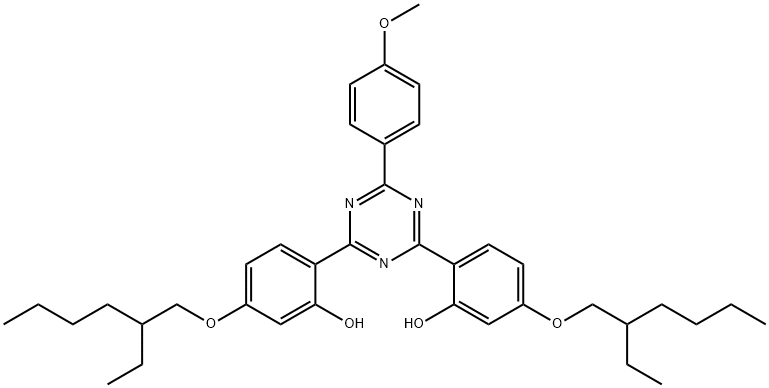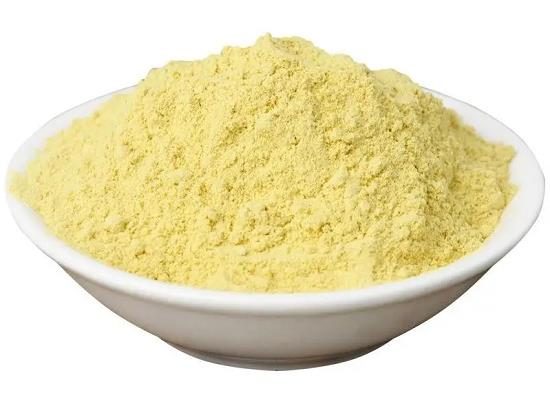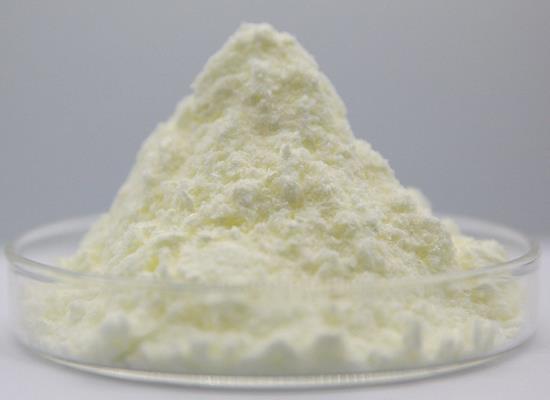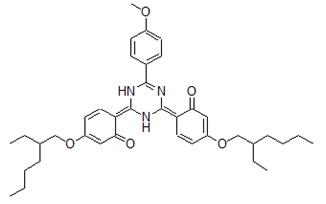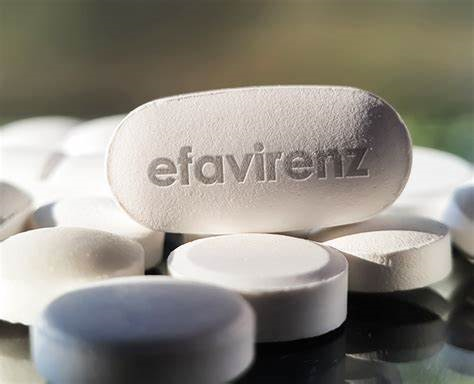Is Bemotrizinol safe for reefs?
Bemotrizinol is named as tinosorb S, anisotriazine or Bis-ethylhexyloxyphenol methoxyphenyl triazene "BEMT" and is considered a hydrophobic sun screening agent with high molecular weight (>500 g/mol), broad-spectrum sunscreen filter(280-380 nm) that does not penetrate the skin, because of its relatively large size mwt 627.8 g/mol. BEMT has fewer side effects; it rarely causes allergic contact dermatitis, systemic absorption, endocrine-like effects and decreased skin permeability. It can work well with other sunscreens and is highly stable under sunlight. Further, it is the first new sunscreen active ingredient to be evaluated for inclusion in the Over-The-Counter (OTC) sunscreen monograph using the FDA's new Generally Recognized as Safe and Effective (GRASE) testing guidelines[1].
An in vitro skin permeation test (IVPT) and clinical pilot pharmacokinetic Maximum Usage Trial (MUsT) were completed to support the GRASE determination for 6% BEMT. IVPT results indicated an oil +10% ethanol as the model sunscreen intervention for the pilot MUsT. The open-label trial revealed that BEMT concentrations rarely exceeded the FDA's defined threshold (0.5 ng/mL) in plasma; no evidence for BEMT accumulation or steady-state concentrations above the threshold; only one moderate and few mild treatment-emergent adverse events (TEAEs). Therefore, maximal topical applications of 6% BEMT in a model sunscreen formulation did not contribute to meaningful systemic exposure. These results support the safety of BEMT 6% for human sunscreen use[2].
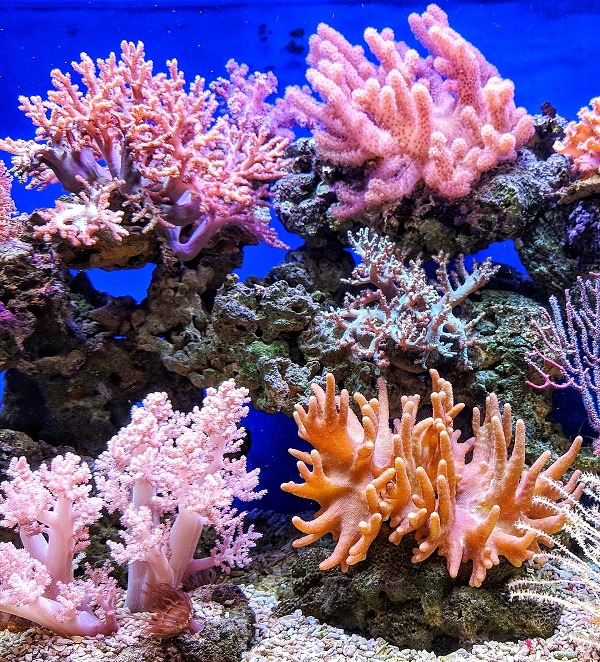
More than a million people explore coral reefs in national parks every year, and many apply sunscreen during their visit. However, many sunscreens contain oxybenzone, octinoxate, or avobenzone, and these ingredients threaten coral reefs.
Besides being safe for human use, Tinosorb S is also environmentally friendly. It is considered reef-safe, which means it does not contribute to the degradation of coral reefs, a significant issue with some other chemical sunscreens.
References:
[1] CARL D. D’RUIZ . Preliminary clinical pharmacokinetic evaluation of bemotrizinol - A new sunscreen active ingredient being considered for inclusion under FDA’s over-the-counter (OTC) sunscreen monograph[J]. Regulatory Toxicology and Pharmacology, 2023, 139. DOI:10.1016/j.yrtph.2023.105344.[2] DINA HASHIM. ENHANCING THE SUNSCREEN EFFICACY OF BEMOTRIZINOL MICROPIGMENT BY USING O/W NANOEMULSION TOPICAL PREPARATIONS[J]. International Journal of Pharmacy and Pharmaceutical Sciences, 2019, 1 1. DOI:10.22159/IJPPS.2019V11I7.32652.
You may like
Related articles And Qustion
See also
Lastest Price from Bemotrizinol manufacturers
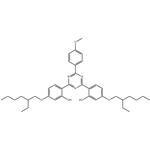
US $0.00-0.00/kg2025-08-20
- CAS:
- 187393-00-6
- Min. Order:
- 1kg
- Purity:
- 99%
- Supply Ability:
- 1

US $0.00-0.00/KG2025-07-05
- CAS:
- 187393-00-6
- Min. Order:
- 1KG
- Purity:
- 99.0%
- Supply Ability:
- 10000KGS
